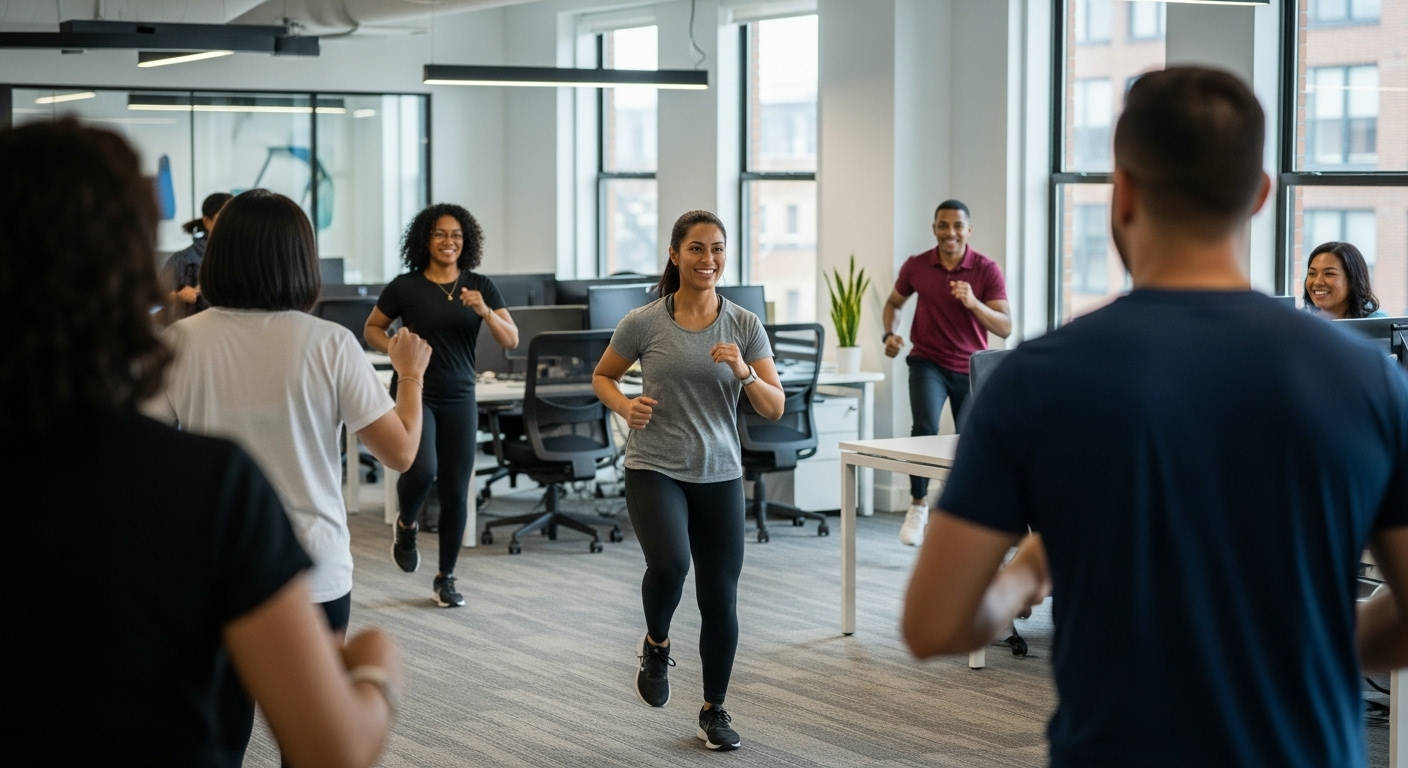Reversing Sedentary Lifestyles: The Power of Active Breaks
Do you feel chained to your desk, suffering the health consequences of a sedentary lifestyle? You're not alone. But what if the solution was as simple as standing up and moving around every 30 minutes? Welcome to the world of active breaks, an emerging health trend that is already showing promise in reversing the ill effects of prolonged sitting.

The Historical Context and Science of Sedentary Lifestyles
Sedentary lifestyles have been a growing concern for health experts over the past few decades. In fact, the term “sitting disease” has been coined to describe the negative health impacts of prolonged sitting, which include obesity, diabetes, heart disease, and even a shorter lifespan.
Scientific studies have consistently shown that physical inactivity is a significant risk factor for many health problems. For instance, a study published in the Journal of the American Medical Association found that prolonged sitting is associated with a higher risk of death from all causes, and this increased risk is independent of physical activity levels. This means that even if you exercise regularly, sitting for prolonged periods can still negatively impact your health.
Active Breaks: The Health Trend of the Hour
Active breaks, or short periods of physical activity throughout the day, are becoming increasingly popular as a way to combat the harms of prolonged sitting. This health trend is supported by numerous studies. For example, a study in the European Heart Journal found that people who take frequent active breaks have smaller waist circumferences and lower levels of proteins linked to heart disease compared to those who sit for long periods without moving.
The concept of active breaks is simple: every 30 minutes or so, stand up and move around for a minute or two. This could be as simple as walking to the water cooler, doing some light stretching, or even doing a few jumping jacks. The goal is not to replace regular exercise, but to reduce the amount of time spent sitting.
Benefits and Challenges of Active Breaks
The benefits of active breaks are numerous. They can help to reduce the risk of chronic diseases, improve mood and energy levels, and increase productivity. Furthermore, because active breaks are short and can be done anywhere, they are an accessible and achievable health strategy for most people.
However, there are also challenges to consider. For example, it can be difficult to remember to take active breaks, especially when engrossed in work or other activities. Additionally, some people may feel uncomfortable doing physical activity in a workplace setting.
Practical Tips for Integrating Active Breaks Into Your Day
-
Set a reminder: Use an app or timer to remind you to take an active break every 30 minutes.
-
Make it fun: Choose activities that you enjoy to make your active breaks something to look forward to.
-
Incorporate it into your routine: For example, take a short walk during your lunch break or do some stretching while watching TV.
-
Get your colleagues involved: If you work in an office, encourage your colleagues to join you in taking active breaks. This can create a healthier and more fun work environment.
Conclusion
As our lives become increasingly sedentary, it’s essential we find effective strategies to counteract the negative health effects. Active breaks offer a promising solution, one that’s accessible, flexible, and supported by scientific research. So why not stand up, move around, and give your health a much-needed boost? It’s time to break free from the chains of a sedentary lifestyle and embrace the power of movement.




